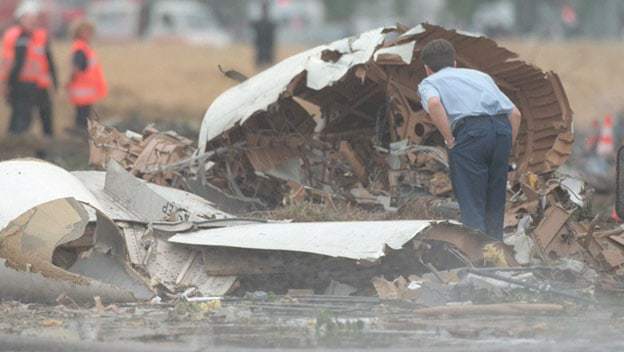Throughout the history of aviation, there have been many costly disasters. While air travel is one of the safest ways to travel (statistically), when there is a major accident of some sort, it is almost always headline news.
On April 25, 1980, a Dan-Air flight crashed into the Canary Islands and killed 146 people. The airport for the Canary Islands was seriously outdated, did not have radar capabilities, and the Dan-Air pilots were inaccurate in their navigation. Their reported location as they approached their landing spot was actually a mile off from where they actually were.
Because the airport didn’t know the airplane was reporting inaccurate location information, they cleared the plane to descend 6,000 feet for landing. Due to poor communication and lack of proper navigation technology, the pilots of the aircraft turned into the mountains instead of towards the landing strip. They never saw the mountains coming. 138 passengers and 8 crew members died in the crash.

This wasn’t the first problem the Canary Islands Airport had. In 1977, two Jumbo jets collided on the runway, killing 570 passengers and crew. At the time it was the worst air travel disaster ever, and is currently number two on the list of worst ever behind the 9/11 terrorist attacks.
The problem in 1977 was due to poor communication between the pilots and the Air Control tower. Add in foggy conditions that were also a factor in the 1980 crash, and the conditions were set for a horrific tragedy.
Since these disasters, many things have changed when it comes to air travel and safety. Pilots are trained more, technology has advanced, and more and more regulations have been put into place to prevent the types of tragedies that occurred in the Canary Islands in 1977 and 1980.

